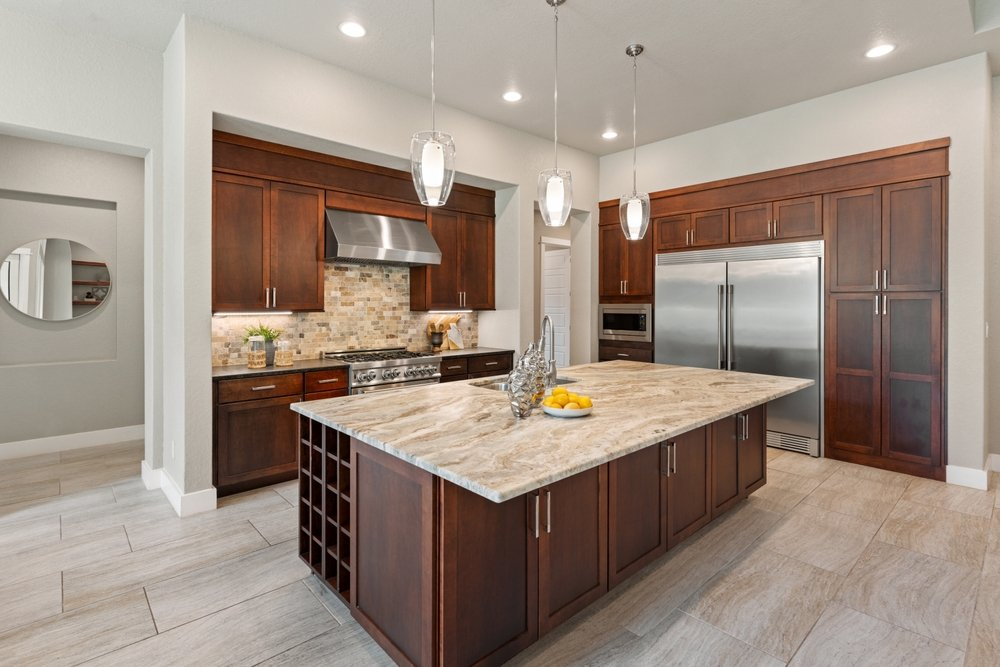
Installing new kitchen countertops is an exciting home improvement project, but it demands thorough planning and precise execution to prevent costly errors. This guide will outline common mistakes homeowners encounter during countertop installation and provide strategies to avoid them.
Accurate measurements are essential:
One of the biggest mistakes in the installation of kitchen countertops is incorrect measurements. Even a small miscalculation can result in gaps, overhangs, or an improper fit. Before ordering materials, take precise measurements of the kitchen space, including the length, width, and depth of the countertops. Double-checking dimensions ensures a smooth fit and prevents last-minute adjustments.
Choosing the right material for your needs:
Countertop materials vary in durability, maintenance, and appearance. Selecting the wrong material can lead to long-term issues. For example, porous surfaces like marble require frequent sealing, while solid surface materials like Corian offer low maintenance. Consider factors such as heat resistance, stain resistance, and ease of cleaning before making a decision.
Ensuring proper support for heavy countertops:
Stone countertops, such as granite or quartz, are heavy and require adequate structural support. Failing to reinforce cabinets or install proper brackets can cause countertops to crack or sag over time. If using a heavy material, check with professionals to determine whether additional supports are needed.
Checking for level and even surfaces:
Uneven cabinets or flooring can lead to an unstable countertop. Before installation, use a level to ensure that the base is even and adjust any inconsistencies. A properly levelled surface helps prevent cracks, misalignment, and water pooling on the countertops.
Properly sealing the countertops:
Some materials, such as granite, marble, and concrete, require sealing to prevent stains and water damage. Skipping this step can result in long-term damage and difficult-to-remove stains. Follow manufacturer recommendations for sealing and reapply as needed to maintain durability.
Allowing space for expansion and movement:
Natural materials like wood or laminate can expand and contract with temperature and humidity changes. Installing countertops too tightly against walls or cabinets without allowing for slight movement can cause warping or cracking. Leaving a small expansion gap ensures long-term stability.





